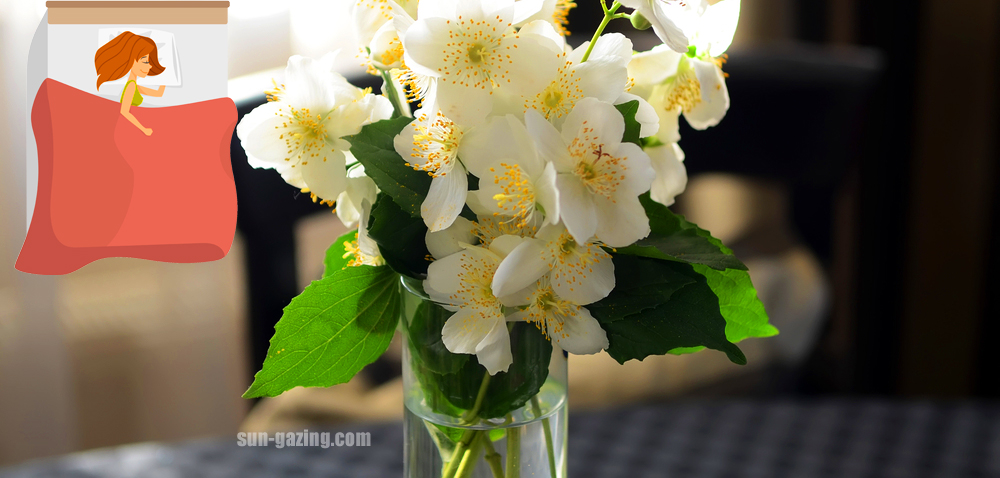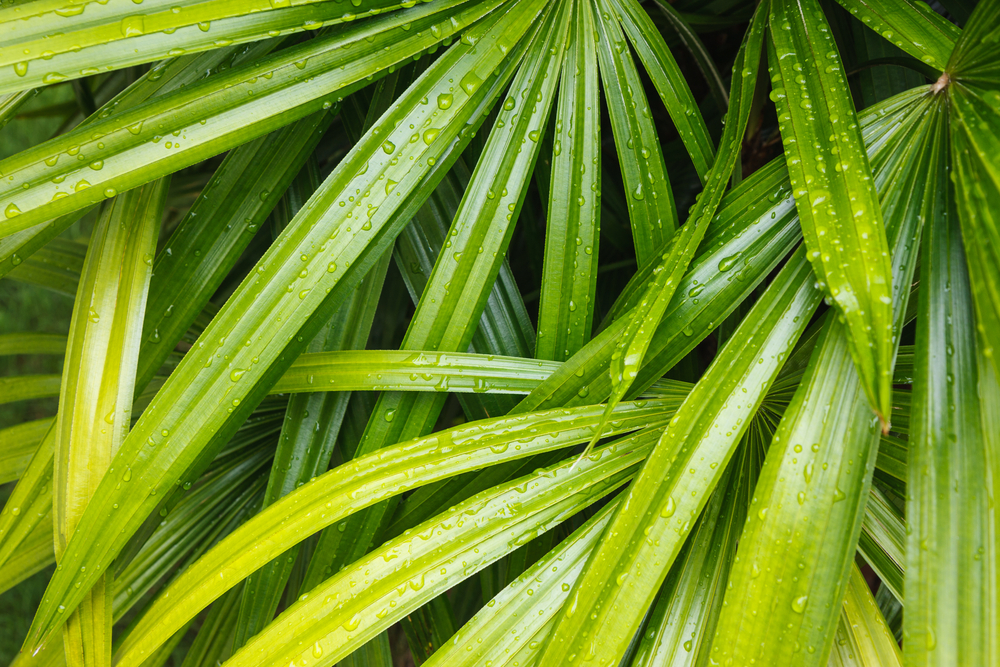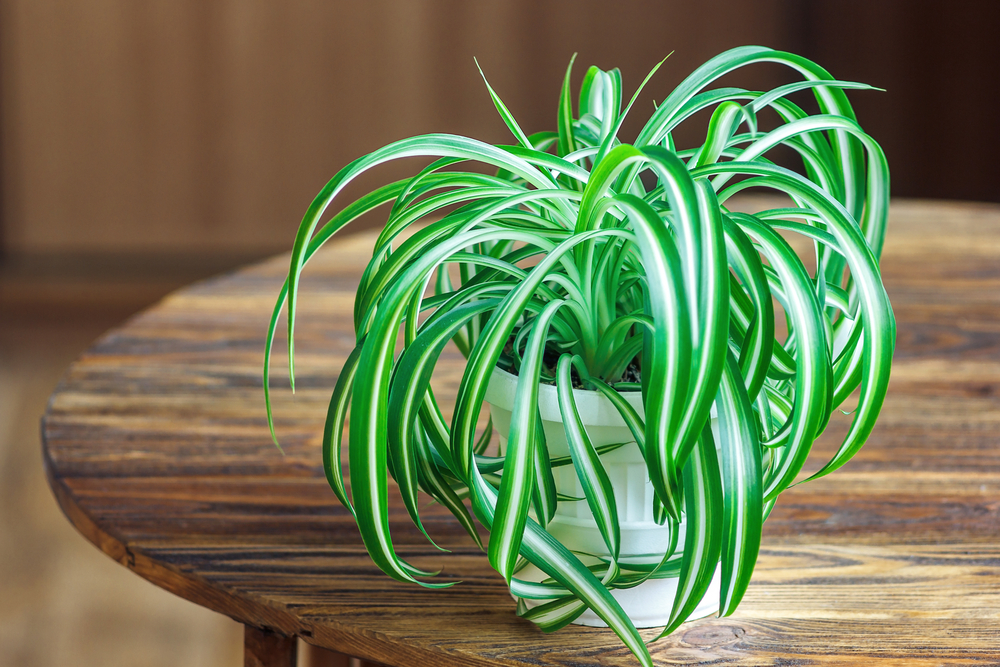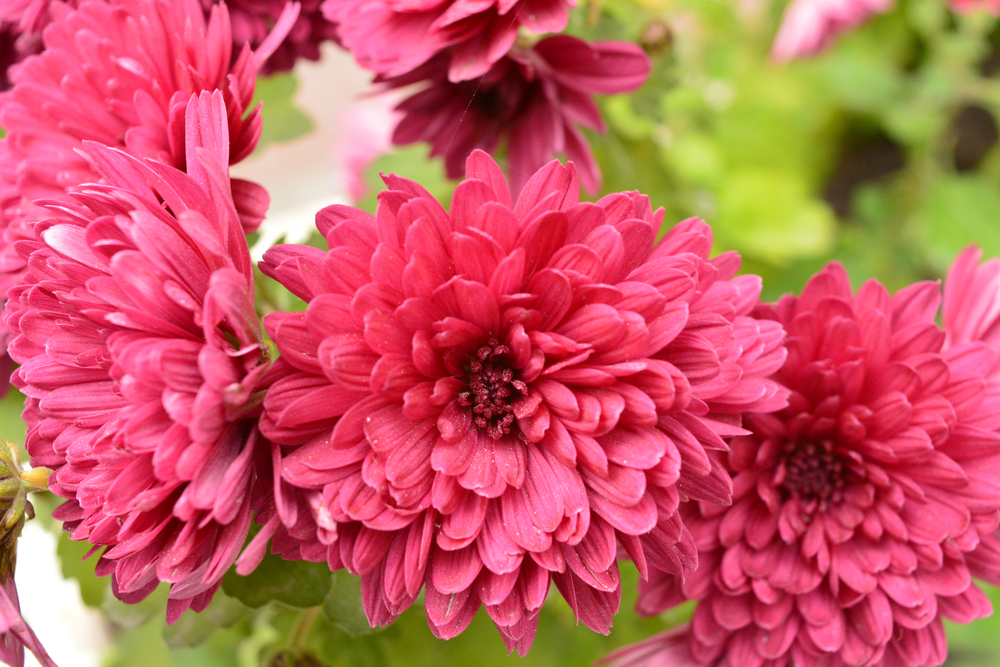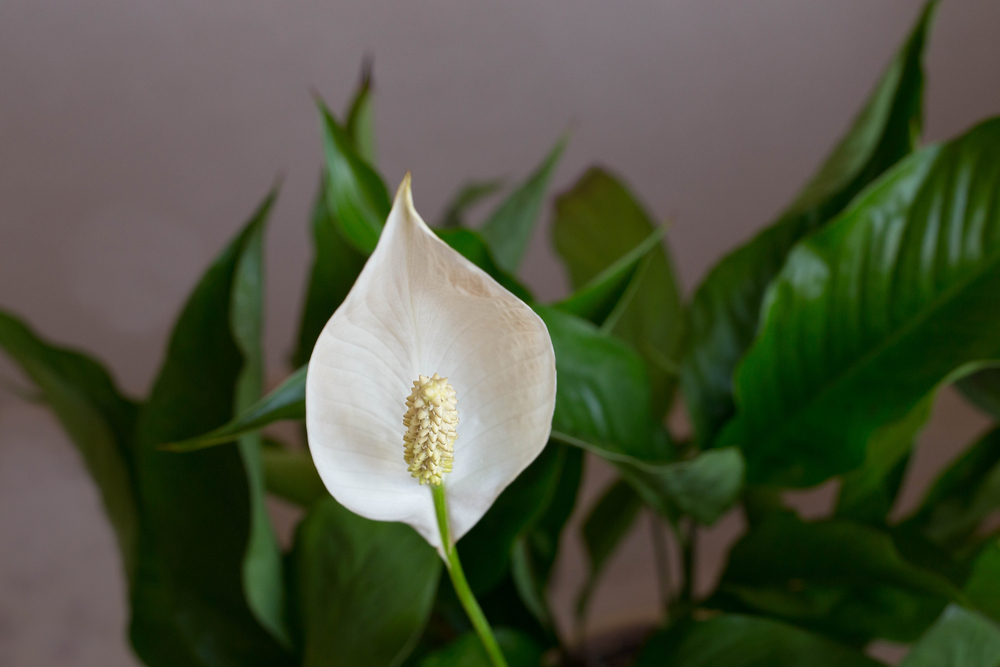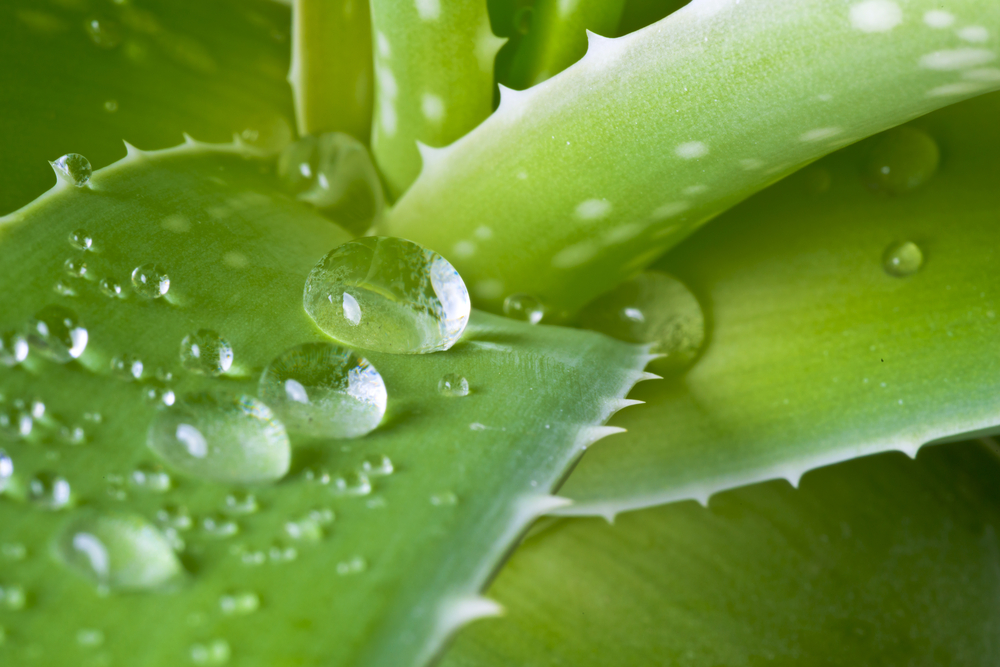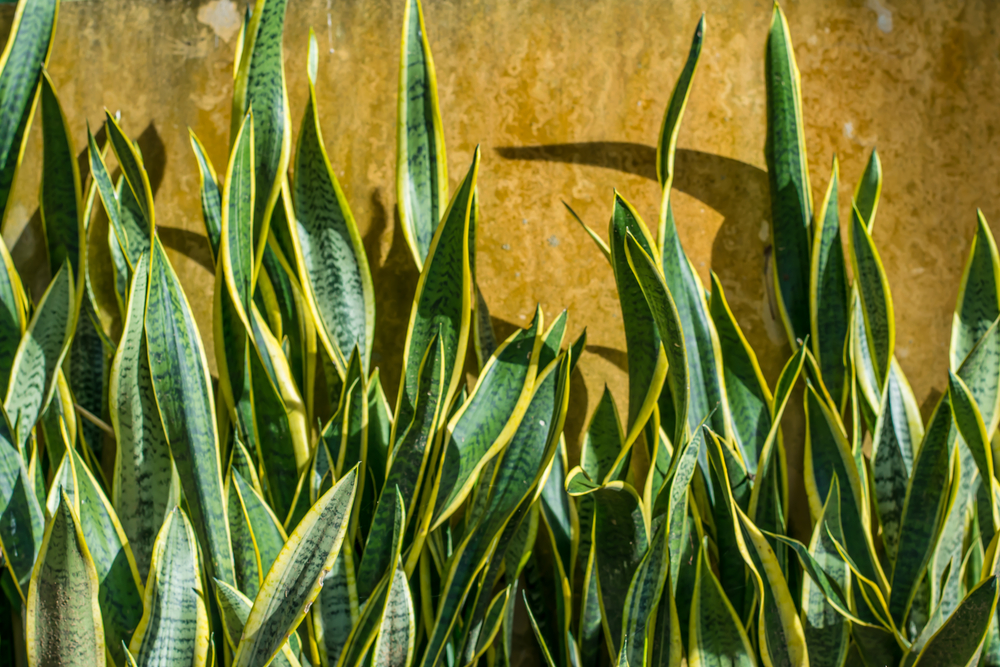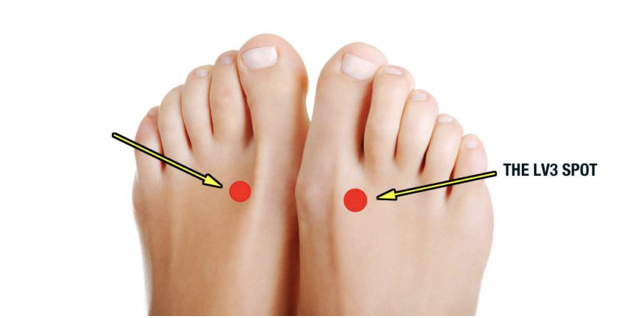If You Can’t Fall Asleep At Night, Put These 6 Plants In Your Bedroom For Instant Relief
If you have trouble getting a good nights sleep, you’re not alone. Each year an estimated 60 million Americans suffer from insomnia alone according to a widely circulated NPR report. That number doesn’t even touch on all of the many other possible sleep disorders out there that people may also have.
While the majority of us turn to sleeping pills, melatonin, sound and aromatherapy machines, eye masks, and various other methods in vain attempts to get some much needed shut eye, there may be an easier way. Simply placing several different types of plants around your bedroom can actually help to calm and relax both your body and mind when your head hits the pillow at night. It may not be the answer to all your sleep problems, but it will definitely make a positive, noticeable difference in your overall health.
That’s because having a few plants around your house helps to clean and purify the air inside and breathing in cleaner, fresher air can do wonders for our mind and body. With less toxins floating around in the air, we’re able to breathe in cleaner oxygen, which in turn reduces our chances of becoming sick or ill. It also makes us healthier by boosting our mood, so you stress and worry less at night and can focus on going to bed rather than on all of that stuff.
Here are six plants that can help you get a better nights sleep:
1. Jasmine. Jasmine has a very potent, powerful scent that smells wonderful, as well as natural qualities which make it an effective sleeping aid. According to a study done by Wheeling Jesuit University, jasmine acts to improve sleep while boosting your mood and decreasing anxiety. But this is nothing new, people have turned to the plant in order to help with sleep/anxiety issues for thousands of years.
2. Lavender. Lavender is another pleasant smelling plant which people have used since ancient times to reduce anxiety and stress problems. Its scent is what aids sleep because of the calming effects and soothing properties that it contains. Studies have found that breathing in both lavender essential oil and the fragrance from the plant is effective at helping to treat insomnia and anxiety.
3. Snake Plant. Don’t let the name turn you off, snake plants are extremely hardy and low maintenance. They are excellent mini air filters and come alive at night, when they release higher amounts of oxygen than what they produce during daytime hours. More oxygen equals better air quality which results in cleaner breathing and improved sleep.
4. Aloe Vera. Aloe is perhaps the most widely available plant on this list. It has long been used for a variety of health related issues and people use the gel found in it to treat everything from cuts, scrapes and burns to constipation and other skin related conditions. Aloe helps you sleep better by releasing high amounts of oxygen throughout the night. It’s another one of nature’s natural air purifiers!
5. English Ivy. English ivy works wonders at absorbing harmful toxins, such as formaldehyde and airborne mold, from the air. According to the Clean Air Study conducted by NASA, it ranks as the top-most effective air filtering and purifying plant. Be sure to keep several in your bedroom for the best results!
6. Red Edged Dracaena. This is the biggest plant on the list so it’s perfect if you have an empty spot in your room that needs filling! Red-edged dracaena also happened to make the NASA air study, where it was found to filter out large amounts of highly common VOCs (volatile organic compounds). VOCs are super toxic to human health and include the nasty chemicals such as formaldehyde, ammonia, benzene, and toluene. Cleaner air with less of these chemicals in it means better sleep and health
There are a lot of other great plants that can boost your health and improve your quality of sleep beyond those covered above. The accompanying video goes over several more of them so be sure to check it out and see which ones work best for you!
Please SHARE This With Family and Friends
6 Plants You Should Put In Your Home That Will Make You The Healthiest According To NASA
Placing a few plants around your house is a great way to instantly decorate and brighten up any indoor space. Not only do houseplants look fresh and attractive, they can also help to clean and purify the air in our homes.
Breathing in cleaner, fresher air can do wonders for our minds, bodies, and souls. With less toxins floating around in the air we’re able to breathe in cleaner oxygen, which reduces our overall chances of becoming ill or sick. It also makes us healthier all around by boosting our mood and energy levels, thereby reducing depression and lethargy in the process.
While the natural air filtering abilities of plants have been known for some time, they were further backed by science after NASA conducted its Clean Air Study to find out which plants work the best. The space program had been looking for ways to clean the air up in its space stations while also boosting oxygen levels in the process. What they found was that certain plants filter out common volatile organic compounds (VOCs) a lot better than the rest. VOCs are toxic to human health and include nasty chemicals such as formaldehyde, ammonia, benzene, and toluene!
While many plants are beautiful and good to have around, here is a list of the best ones that have been found to be more effective than the rest at naturally filtering out VOCs and other air pollutants:
1. Bamboo Palm- Removes benzene, formaldehyde, and trichloroethylene. Bamboo is among the top performing air filtering plant on this list. It prefers shade over direct sunlight and so you can stick it anywhere you have room or in a spot that could use a little greenery.
2. Spider Plant- Removes formaldehyde, xylene and toluene. Spider plants are one of the easiest plants to care for and grow. They flourish with indirect sunlight and are quite resilient. They’re also safe for animals and are specifically non-toxic to dogs and cats, so if you have pets at home this is a plant you should definitely consider getting!
3. Chrysanthemum- Removes benzene, formaldehyde, trichloroethylene, xylene and toluene, ammonia. The beautiful, colorful flowering plant removes all of the toxins on the list that NASA specifically tested for, making it one of the top two most effective air purifiers in the study. The pretty flowers do best in direct sunlight and come in all variety of colors so pick up a few the next time you’re out!
4. Peace Lily- Removes benzene, formaldehyde, trichloroethylene, xylene and toluene, ammonia. This hardy, shade loving plant is the one other plant, besides Chrysanthemums, on NASA’s list that removed all of the most common VOCs. However, they are highly toxic to dogs and cats, so keep that in mind if you have a pet that loves to chew on stuff, especially plants.
5. Aloe Vera- Removes benzene and formaldehyde. Aloe is one of the easiest, hardiest, and most widely available plants on this list. It’s long been used for a variety of health related issues and people use the gel found in it to treat burns, sunburns, constipation, scrapes, cuts, and other minor skin related conditions.
6. Snake Plant- Removes benzene, formaldehyde, trichloroethylene, xylene and toluene. Snake plants do well in extremely low-light areas which makes them a great plant to stick in a humid bathroom where most other plants would suffer. They’re also super low maintenance and really hard to kill, which makes them ideal for those of us with not so green thumbs!
There are a lot of other great plants that can boost your health and energy beyond those covered above. The accompanying video goes over even more of them so be sure to check it out and see which ones work best for you!
Please SHARE This With Family and Friends 🙂

